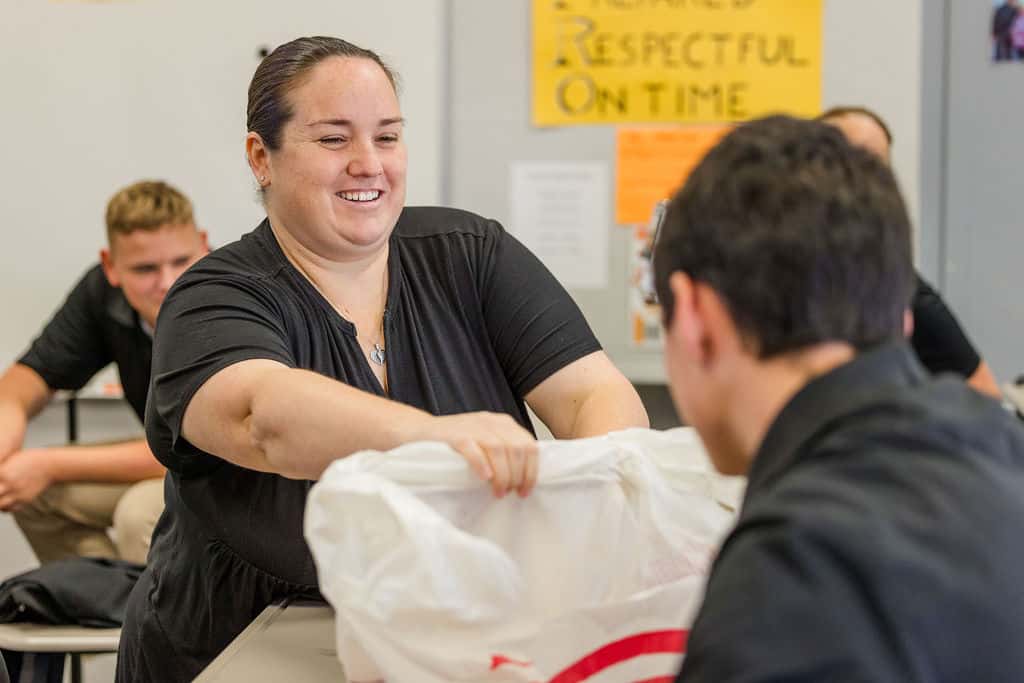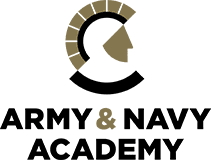
You should never view your challenges as a disadvantage. Instead, it’s important for you to understand that your experience facing and overcoming adversity is actually one of your biggest advantages. – Michelle Obama, former First Lady of the United States
When the organization that owns and administers the SAT college admissions assessment test announced plans recently to include an “adversity index” to help economically and socially disadvantaged students compete for admission to colleges and universities, it generated the need for an adversity index of its own, gauging the intense fierce debate and consternation that has ensued.
Much of the negative feedback includes long-standing complaints that college admissions officials place too much emphasis on written tests in determining who gets in and who does not. Scott Jaschik, editor of the online publication, Inside Higher Ed, recently wrote: “The SAT has been criticized for years because wealthy students earn higher scores, on average, than do those who are middle class, who in turn earn higher scores than do those who are from low-income (families).”
Rationale for college admission tests and the new adversity index
However, the concept of admissions tests was lightly defended by The Washington Post education writer, Nick Anderson, who said: “College testing was long viewed as a great equalizer … all students could aim for a maximum (score) no matter where they grew up or went to school. Their scores functioned as a currency of merit for a nation that aspired to meritocracy.
Anderson said the adversity rating, which is seen by colleges but not by students “is meant to give harried admissions officers a quick read on the social and economic landscape behind every application” and that “supporters say it delivers useful context for test scores, showing hurdles students might have faced in places unfamiliar to recruiters.”
On the other hand…
However, Anderson further noted that skeptics of such tests, “including SAT’s and its ACT rival, say it is foolhardy to attempt to distill adversity into a single number from 1 to 100 that can add value to the review of applications. They predict devious parents will seek to manipulate numbers to help their children get into college, perhaps by faking their home addresses. And they worry about the unintended consequences of reshaping perceptions of student accomplishments.”
Yet another critic, writer Jay Connor of The Root, an Afrocentric progressive online magazine, said the index is unlikely to penalize those affluent students who face little adversity and who therefore excel on the SAT. These students have been admitted to good schools because they have access to “the legal connections on display in the recent college admissions scandal.”
Connor suggests: “The affluent have already proven the lengths they’ll go to game the college admissions system so how does an “adversity score” provide an objective means to balance the odds?”
Attempts to measure adversity as a factor in college admissions policies could lessen the importance of academic achievement in the minds of some students as a criterion for admissions, according to political commentator and writer Heather Mac Donald. Writing in the City Journal, a public policy magazine and website, Mac Donald predicts the new index, formally dubbed the “Environmental Context Dashboard,” will become “a back door to racial quotas in college admissions … Thanks to racial preferences, many black high school students know they don’t need to put in as much scholarly effort as non-‘students of color’ to be admitted to highly competitive colleges. The adversity score will only reinforce that knowledge. That is not really conducive to life achievement.”
Mac Donald also wrote that the factors considered by the College Board index are factors families should change, not factors colleges should consider. “Being raised by a single parent will also be a plus factor. Such a scheme penalizes the … values that make for individual and community success.”
Learning how to overcome adversity begins early and is for everybody
It’s not just economically disadvantaged or minority students who need to learn how to meet and overcome challenges. No matter what their social and economic backgrounds may be, young people from all walks in life need to learn how to meet and overcome challenges and other forms of adversity they now face as students and as adults later. To that end, there are a number of public and private elementary, middle, and high schools throughout the U.S. that include various forms of life skills programs in place to equip students to excel in whatever adverse circumstances they may face.
One such school is the Army and Navy Academy, a college preparatory boarding school for middle- and high-school boys in Carlsbad, California. The 109-year-old private military-oriented school incorporates leadership and character development programs right alongside a rigorous academic curriculum for boys, who, during the 2018-19 school year came from 13 states, 14 countries, and spoke 15 languages. Every academy graduate that year as well as those in prior years was accepted for admission to a college or university.
Leadership development tools
Several programs are used by the Army and Navy Academy to instill knowledge and provide hands-on experience in mastering the skills necessary to overcome adversities and challenges, including the following:
- Junior Reserve Officers’ Training Corps (JROTC). The academy’s highly respected JROTC program teaches core life skills, including teamwork, organization, problem solving, communication, and character development to prepare boys to succeed in college and become leaders of tomorrow.
- Cadet ranks and promotion. The academy’s JROTC program is a well-defined organizational structure of authority and accountability geared to provide hands-on training in leadership and character development. Each cadet in the unit has his own job and responsibilities that becomes part of a larger task, which, in turn, is part of a much larger mission.
- Officer Candidate Course (OCC). Leadership experiences at the academy extend far beyond traditional student governments of most high schools in that cadet leaders are responsible agents in campus governance. The Officer Candidate Course, (OCC) for cadets at the end of their junior year hones advanced leadership skills to prepare them for higher ranks. OCC also identifies those who will be promoted to various positions in their senior year.
- Character development. The academy’s leadership program includes strong emphases in character development. The school’s website explains that “Everything we do is tied to our mission of educating and developing good character in young men – two integral pieces of teaching good leadership, independence, resiliency, motivation, self-discipline, and confidence that are just some of the many outcomes.”
- Athletics, campus activities and involvement. In addition to the JROTC leadership development program, the academy has a rigorous athletic program of 11 CIF-sanctioned sports in which teamwork, fair play, honesty and other character virtues are further taught and reinforced. Likewise, there are opportunities for young men to participate in student government and a wide variety of clubs, service organizations, and extra-curricular functions.
The issue of helping students gain admission to the college or university of their choice, with or without a SAT “Environmental Context Dashboard, ”—the so-called adversity index — does not finalize the an important outcome if students are not prepared to deal with the adversities and challenges that will inevitably arise after they are admitted and begin their course of study. Or, for that matter, will the adversity index help students after higher education when they enter and compete in a career, vocation or profession. Sooner or later, knowing and applying basic life skills becomes vital in one’s success as an adult.
The sooner those skills are taught, the better.
